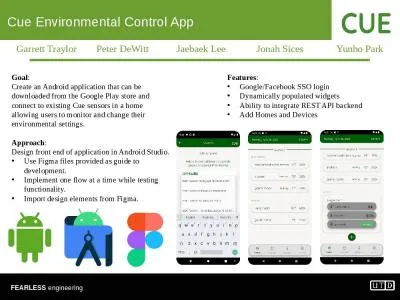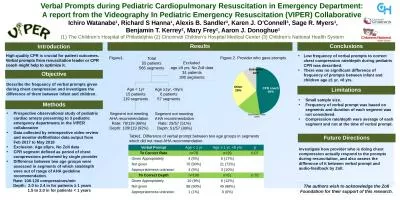PPT-Comprehension Cue Cards Prompts for better understanding
Author : lindy-dunigan | Published Date : 2018-03-08
What is the FourStep Process of Reading 1 Analyze the first paragraph 2 Read the passage and get an idea of the main idea 3 Identify the purpose of each paragraph
Presentation Embed Code
Download Presentation
Download Presentation The PPT/PDF document "Comprehension Cue Cards Prompts for bett..." is the property of its rightful owner. Permission is granted to download and print the materials on this website for personal, non-commercial use only, and to display it on your personal computer provided you do not modify the materials and that you retain all copyright notices contained in the materials. By downloading content from our website, you accept the terms of this agreement.
Comprehension Cue Cards Prompts for better understanding: Transcript
Download Rules Of Document
"Comprehension Cue Cards Prompts for better understanding"The content belongs to its owner. You may download and print it for personal use, without modification, and keep all copyright notices. By downloading, you agree to these terms.
Related Documents

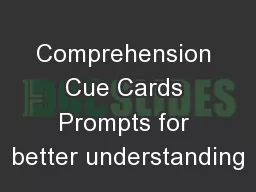
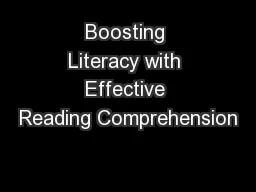
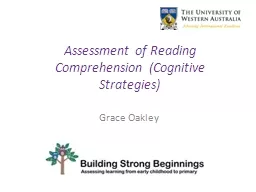
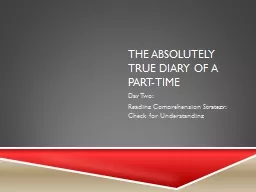
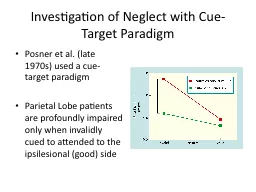
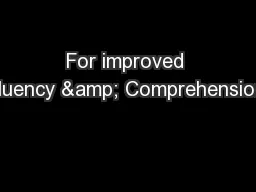
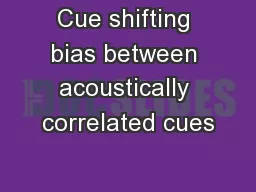
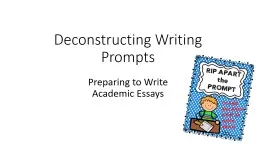
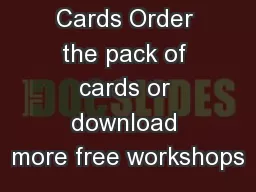
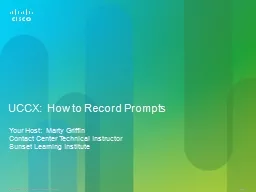
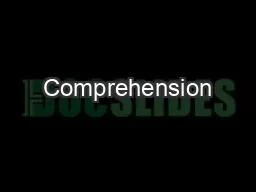
![[EBOOK] 101 Writing Prompts for Middle School: Fun and Engaging Prompts for Stories Journals](https://thumbs.docslides.com/1008297/ebook-101-writing-prompts-for-middle-school-fun-and-engaging-prompts-for-stories-journals-essays-opinions-and-writing-assignments-writing-prompts-for-kids.jpg)
